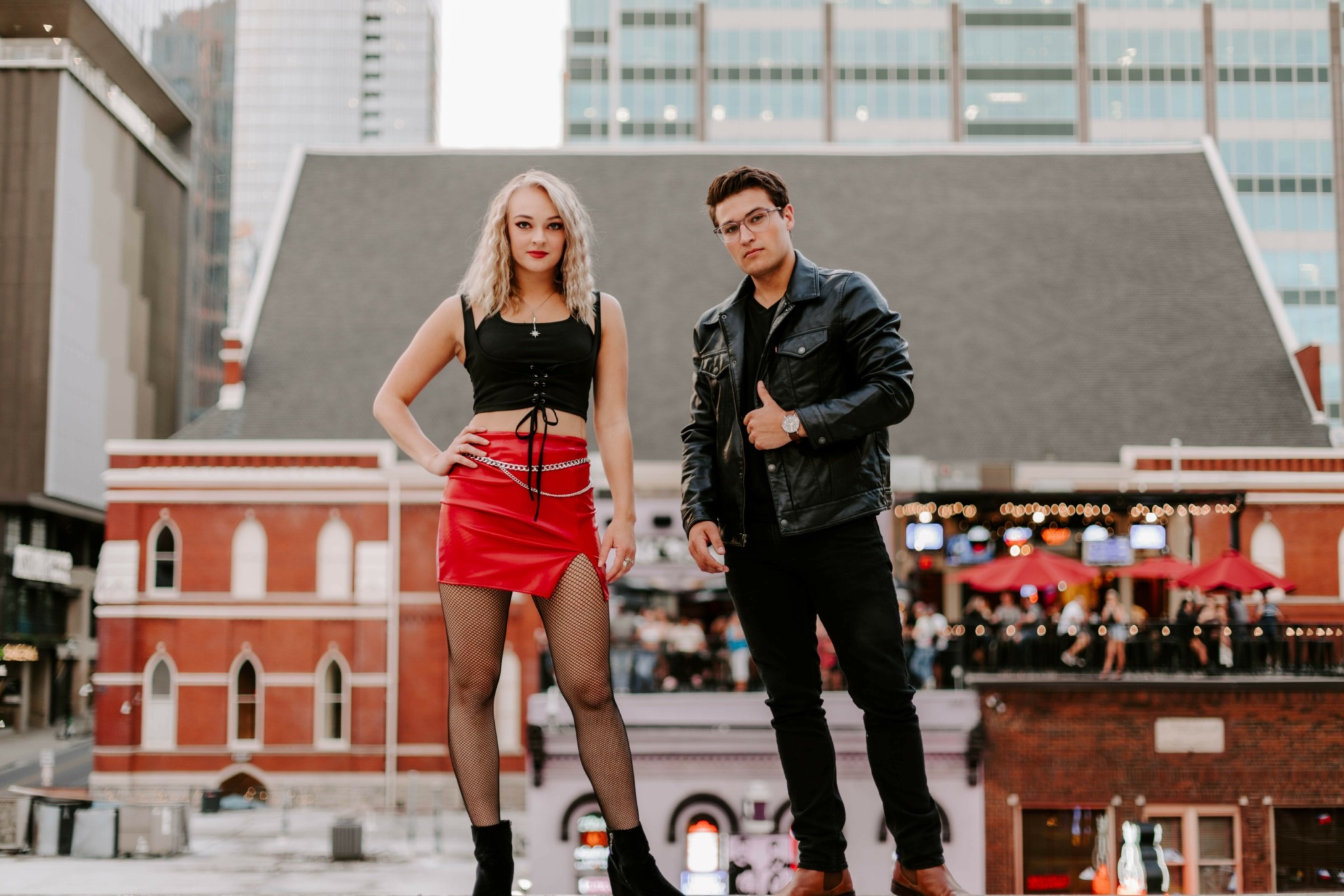We think the world needs more artists, more creatives and more folks unwilling to spend their days as a cog in a giant corporate machine. We don’t necessarily dislike cogs or machines but we think the world clearly needs more artists and creatives and so we wanted to try to figure out how more artists can make it work financially since this is one of the major obstacles blocking so many artists and creatives from pursuing their art full time. So, we asked folks who have been able to make a full time living through their creative work, how they did it.
Joshua Williams
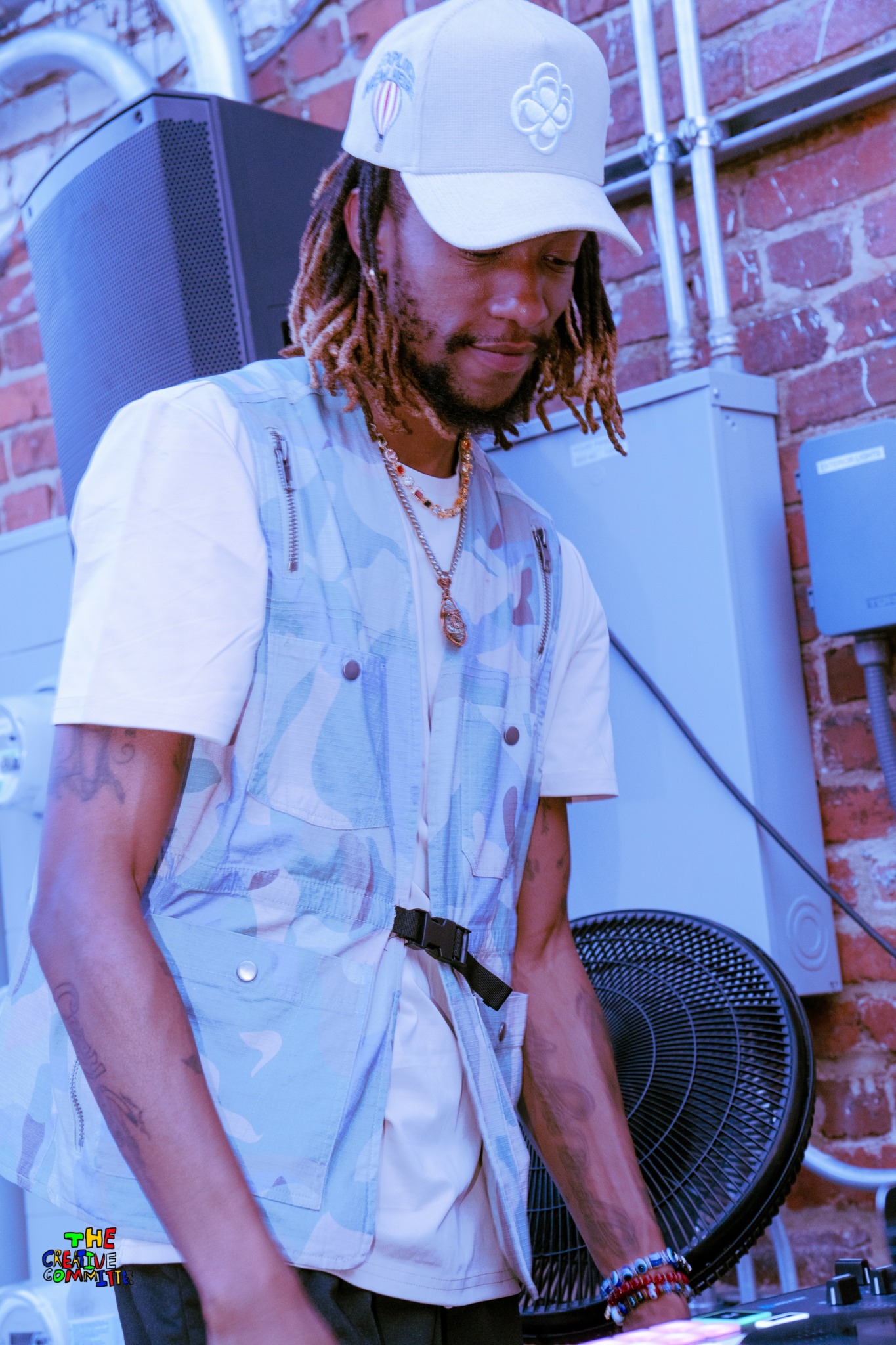
Yes. 2025 will officially be my 3rd year working for myself off my creative abilities. I struggled finding 9-5 jobs to provide for myself and my family. Most jobs weren’t pay enough for me or my life at the time wasn’t set up for me to find more affordable jobs, for example, expired license. I’ve always worked on my graphic design, and was a dj on the weekends while working any 9-5 and found myself exhausted and stressed out after every weekend dj gig just to get to work the next morning. Not only was I exhausted but I still didn’t have any extra pocket money for myself. I took a leap of faith on putting more energy and time into my art and crafts. The first year was the toughest. There was some seasons that were less profitable than others. It’s one thing to quit your job to fulfill your dream while having no kids, but to have 3 was very motivational for me to really push myself to show my kids and myself that it IS possible. Currently in year two, I have 3 local dj residencies, work monthly on 3 businesses website designs, curate monthly events and work daily on commissioned flyers and logos. Read more>>
Andrea Alvin
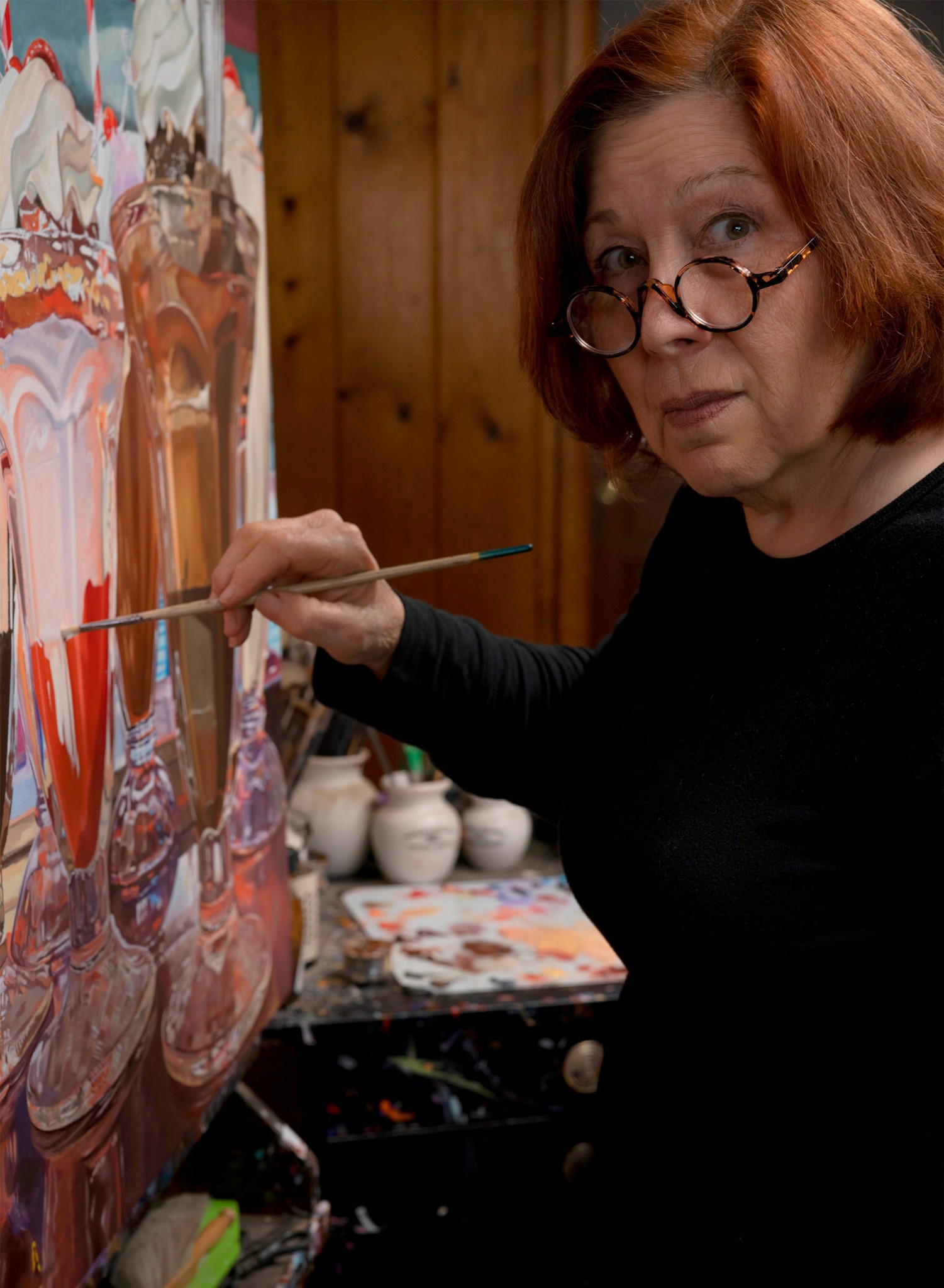
I knew from an early age that I wanted to be an artist and make my living as an artist. My high school art teacher took a few of the more serious art students from his class to visit California College of Arts and Crafts – an accredited art college. Until then, I didn’t know such a place existed. I set my sights on Art Center College of Design in Los Angeles and went through their rigorous course of study to graduation. The attention to detail and professionalism that I learned there, prepared me for going out into the world as a professional artist. I was lucky enough to get a freelance job in animation, while in school and full time employment at a commercial film production house upon graduating. I then set out on a career as an animation designer and layout artist for several years. Years later, putting my degree in Advertising Design to work, I went on to partner with my husband John Alvin, the renowned movie poster illustrator, to create campaigns and movie posters for many of the premier Hollywood movies. Read more>>
Ace Anderson
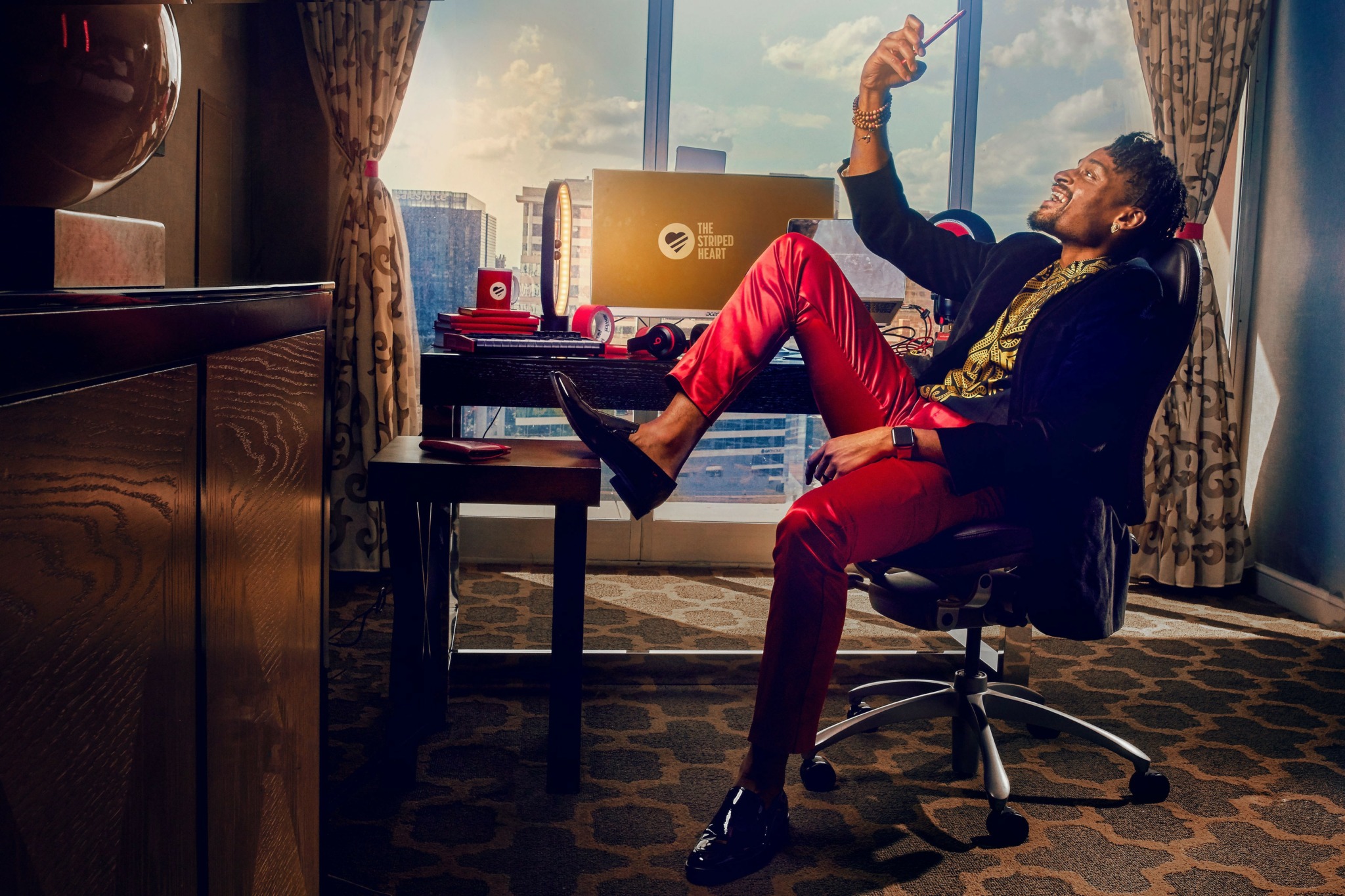
Absolutely, I’ve been able to earn a full-time living from my creative work, but it’s been a journey full of bold choices, calculated risks, and relentless grind. When I graduated with my BFA in Acting, I had confidence in my artistic abilities, but I knew I needed stability to support my dreams. So, I took a job as a graphic designer, leveraging my skills in visual storytelling. It was a great gig for two years until my boss grew frustrated with me pursuing acting on the side—even though my performance at work never wavered. That’s when I realized I couldn’t stay in a role that boxed me in. Read more>>
Austin Smagalski

Making a living in a creative field isn’t easy. You can ask a dozen people how to do it, and you’ll get a baker’s dozen of different routes. My story’s especially messy, because I love both editing and directing. For me, I got my start editing promotional and corporate videos. First was kickstarters when I was in school, then real estate agents, small brands, that kind of thing. I networked, made a lot of new connections, and chased anything that paid while I juggled working as a barista at Starbucks. Eventually, after building a solid portfolio and posting a fair amount about the work I was doing on social media, I started getting more steady work as an editor. It was still promo work, but it paid better and was more steady. Read more>>
Steven Osika

Fortunately, I do make a full-time living from my creative work. It was in high school that I knew I wanted to pursue something in the arts. At first, my goal was to be a fine artist, either drawing or painting — but as time passed, that quickly evolved into photography and design. I took a classic approach to reaching my goal, enrolling in as many art classes and going to college to study. I surrounded myself with people who shared the same interests and who inspired me to keep creating things even if those works of art never saw the light of day. There was a lot of time spent experimenting and figuring things out, i.e., programs on the computer or how to work a camera well. There were also a lot of failed projects and/or ideas, but I always strived to put out my best work and make connections wherever possible. This all allowed me to hone my craft and build the professional and personal skills necessary to take on creative projects and do them well. Toward the end of my college studies, I landed my first internship, unpaid, I might say. Leaving a paying job and working for free was a tough pill for me to swallow, but it was my first step forward in building a sustainable creative career. I worked there for three months and eventually landed myself a paying job as a Junior Designer at a design agency. I started slowly climbing the ladder and got to a point where I was able to start my own business, working with select clients that allow me to create great things for them. Looking back, I don’t think there would have been a way for me to speed up the process because there were pivotal points in each of my steps that led me to where I am today. Read more>>
Rajib Karmakar

Yes, I’ve been fortunate to earn a full-time living from my creative work, but it has been a journey of dedication, growth, and exploration. It wasn’t like this from the start. Building a sustainable career as a creative entrepreneur requires consistent effort, adaptability, and a passion for pushing boundaries. ### **My Journey:** 1. **Early Foundation**: I began my music training at the age of four under my first Guru, my father, **Pandit Durgadas Karmakar** and later on vocals with **Ustad Ghulam Akbar Khan** and Veenkar Ang (style) with **Pandit Ramdas Chakravarty**. My first performance was at six, playing a sitar tied to a chair because my hands couldn’t reach the end. At eight, I performed my first grand concert in front of 10,000 people as the opening act for my father’s 70-piece orchestra, marking the start of my musical journey. By age ten, I performed on **All India Radio**, followed by numerous awards and features on Indian radio and TV during my teenage years. Read more>>
Emily Henry

It’s so weird to say this, but the pandemic is what made me a full-time creative. When live concerts came to a standstill in 2020, I and all the other musicians I know had to figure out alternative ways to make money with music. I started livestreaming my original songs on Twitch.tv, a streaming website that’s mostly known for video games, but has a growing number of musicians. The response was so immediate. I felt like I had just plugged in to this amazing community of independent music supporters, this enthusiastic, lovely group of fans who were so excited to help me take my music to the next level. They helped my crowdfund my next album and launch my Patreon, and once the world opened back up, at almost every live show I have played, at least one person from my Twitch community has been in the audience. It has been life-changing. In 2019, I had a day job and I didn’t even know that Twitch existed. Now, I stream three times a week, tour regularly throughout the year, and collaborate with other artists from around the world. It’s truly been the wildest ride. Read more>>
Ginny Swanson And Simon Crawford

Ginn: Yes! I graduated school in the start of COVID in 2020 which made it difficult to find my footing (and find work) in the industry. Despite there being hardly any jobs available in my field, instead of telling myself there was nothing I could do about it, I was determined to start my life and not take no for an answer. I would spend time everyday scrounging the internet for anything remotely creative that I could do for work. I taught voice lessons online and eventually started my own virtual studio (which made me realize that I really loved running a business), I was a virtual Christmas elf during winter of 2020 and greeted kids online who wanted to Zoom call with Santa (my Elf name I created was Ginger B. Gumdrops), I was a worship leader and sang in church, and I auditioned for any project in Nashville that I could find. Basically I did random freelance jobs that eventually led to where I am today (running a band in Nashville and being an artist). I’m glad I stuck it out during that time because I made a lot of lasting connections as well that have led to more jobs and gigs. Read more>>
Shaniel Maarsh
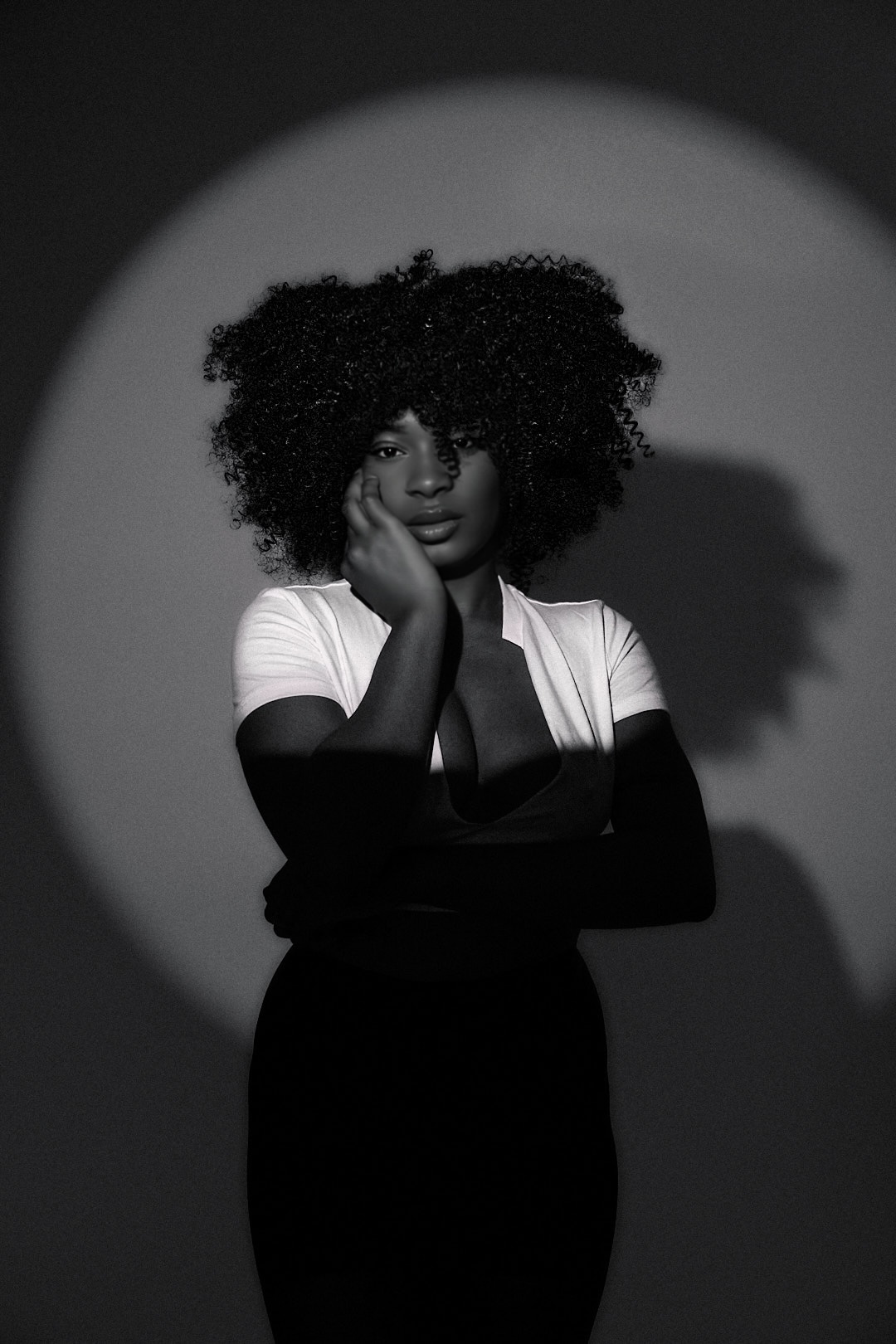
The desire to earn a full-time living from creative work is both a dream and a challenge for many. For me, it’s not just about pursuing a passion, but about carving out a space where my creativity can be sustained, supported, and valued in a way that allows me to thrive. It’s about finding the intersection between what I love to do and what the world is willing to pay for, and making that connection deep enough to form a reliable, long-term career. There’s a sense of self-empowerment that comes from knowing that my creative output could be my livelihood, not just a side hustle or hobby. That sense of security, knowing that my skills and talents can provide for me and my future, brings a level of confidence that allows me to experiment, take risks, and grow as a creator. It means not just surviving but thriving in the pursuit of my craft, and seeing my work resonate with others in meaningful ways. At the beginning, I spent a lot of time experimenting with different styles, mediums, and formats. I knew I loved creating, but I wasn’t sure exactly what I wanted to create or who I was creating for. This phase was critical, but it also felt like a lot of aimless wandering like finding my niche. Read more>>
Dj Elektrk Nick Sneed
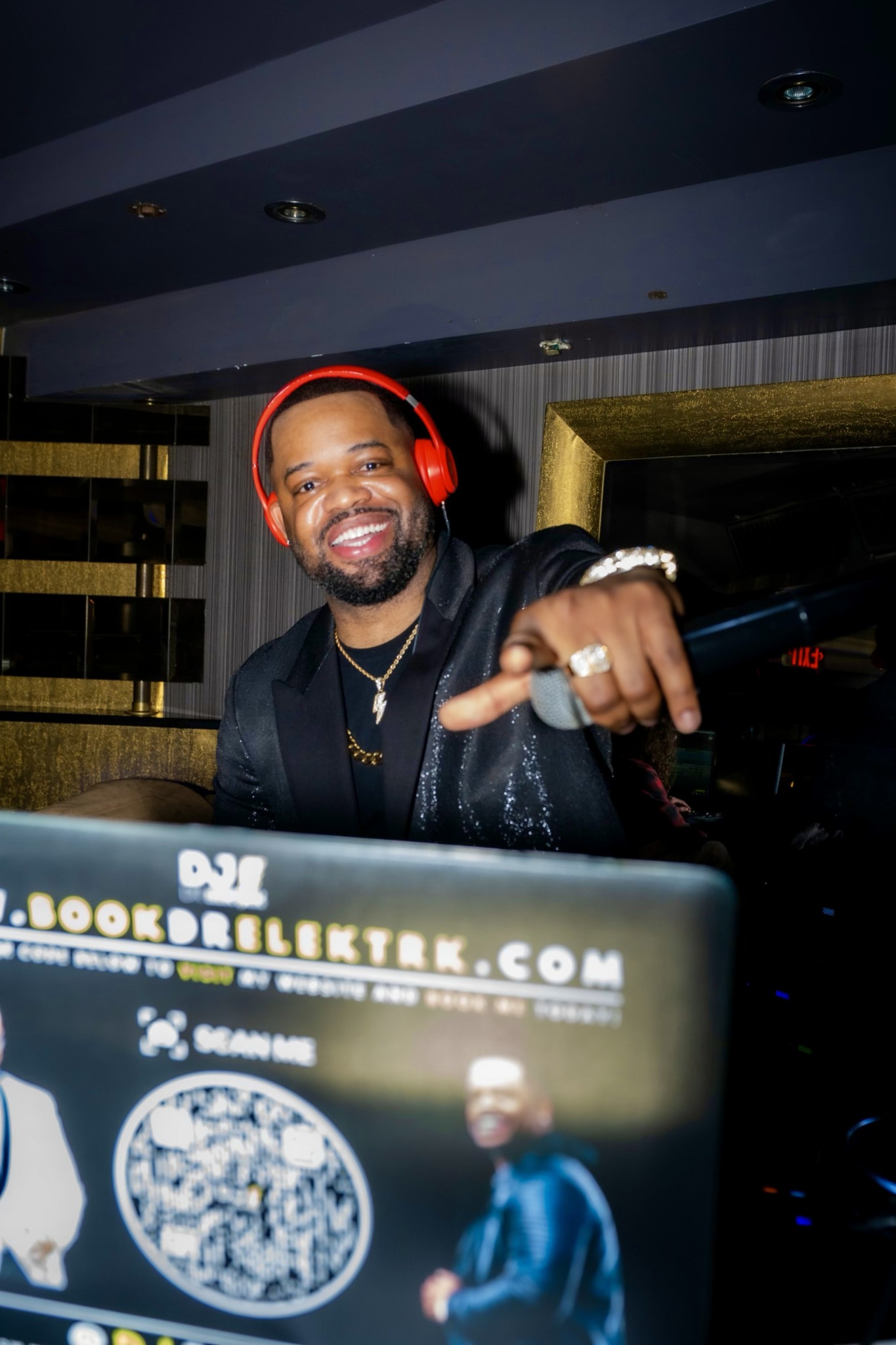
Yes, as DJ ELEKTRK (Nick Sneed), an international DJ, musician, and producer, I’ve led our entertainment business to generate well over six figures annually, working with global corporate clients and luxury wedding clients. While I earn a full-time income through creative work, I’ve chosen to maintain my corporate career as a manager in a global finance and strategy firm. This dual focus strengthens my business acumen, expands industry connections, and allows me to reinvest aggressively in ELEKTRK ENTERTAINMENT for rapid growth. Read more>>
Lucky Agbontaen

From day one., I have always believed I could make a living out from my creative work., and that self-belief., and working towards it had indeed been what has made a lot of achievements I have now possible ., even when there were barricades alongside..,but so far so good! If I had maneuvered my way through and cheated on the stead process to this height.,am not fully sure I would have attained the achievements I have now. Read more>>
Bonggun Kim
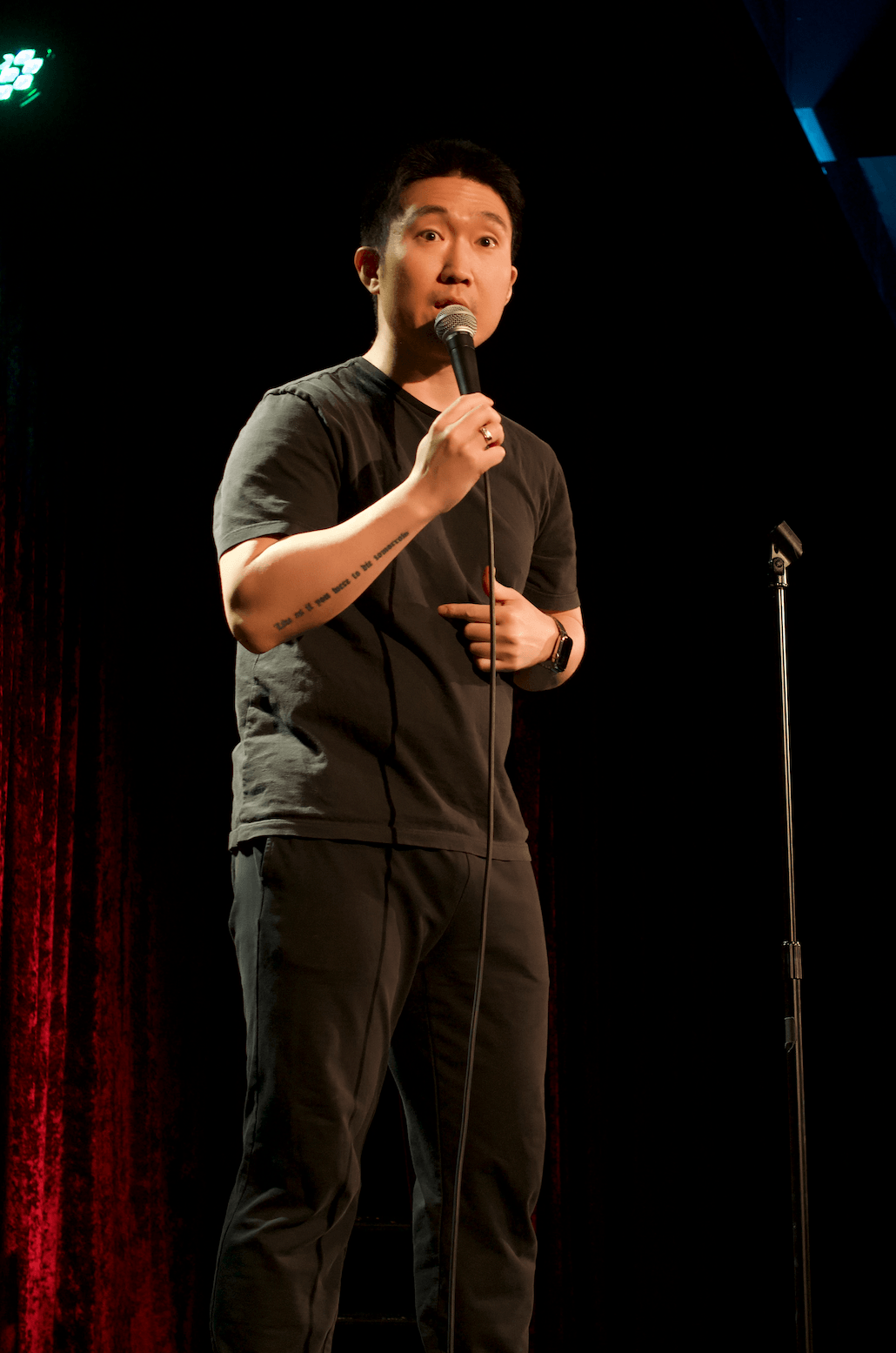
At the start of my career, like any other, things weren’t easy. I was in the learning phase, absorbing as much information as I could while working to improve my writing and stand-up performances. At times, I found myself distracted by others’ successes—whether through creating viral content or excelling in stand-up. However, I eventually realized that everyone starts somewhere, and trial and error is part of the journey. Now, I’m creating my own content, steadily figuring out how to market myself and monetize my comedy to keep growing and reach my goals. Funding is undoubtedly a crucial element in sustaining momentum until income streams start to flow. However, what truly mattered most were the people I met along the way. Read more>>
Maddie Coppel

When In started college in 2019, I told my advisor that I wanted to be a food writer. She told me that the best fit would be studying agricultural communications to get a background in food and sustainability studies, and soon after this conversation, all my professors ended up knowing that writing about food was my end goal. From interning at Midwestern food companies and assisting with product development and writing recipe-based blog posts about seasonal dishes to studying aboard in Italy under a food and sustainability program, I was certain my passion was food, and I wanted to be able to do all of this and more for a living. Read more>>
Lauren Smith
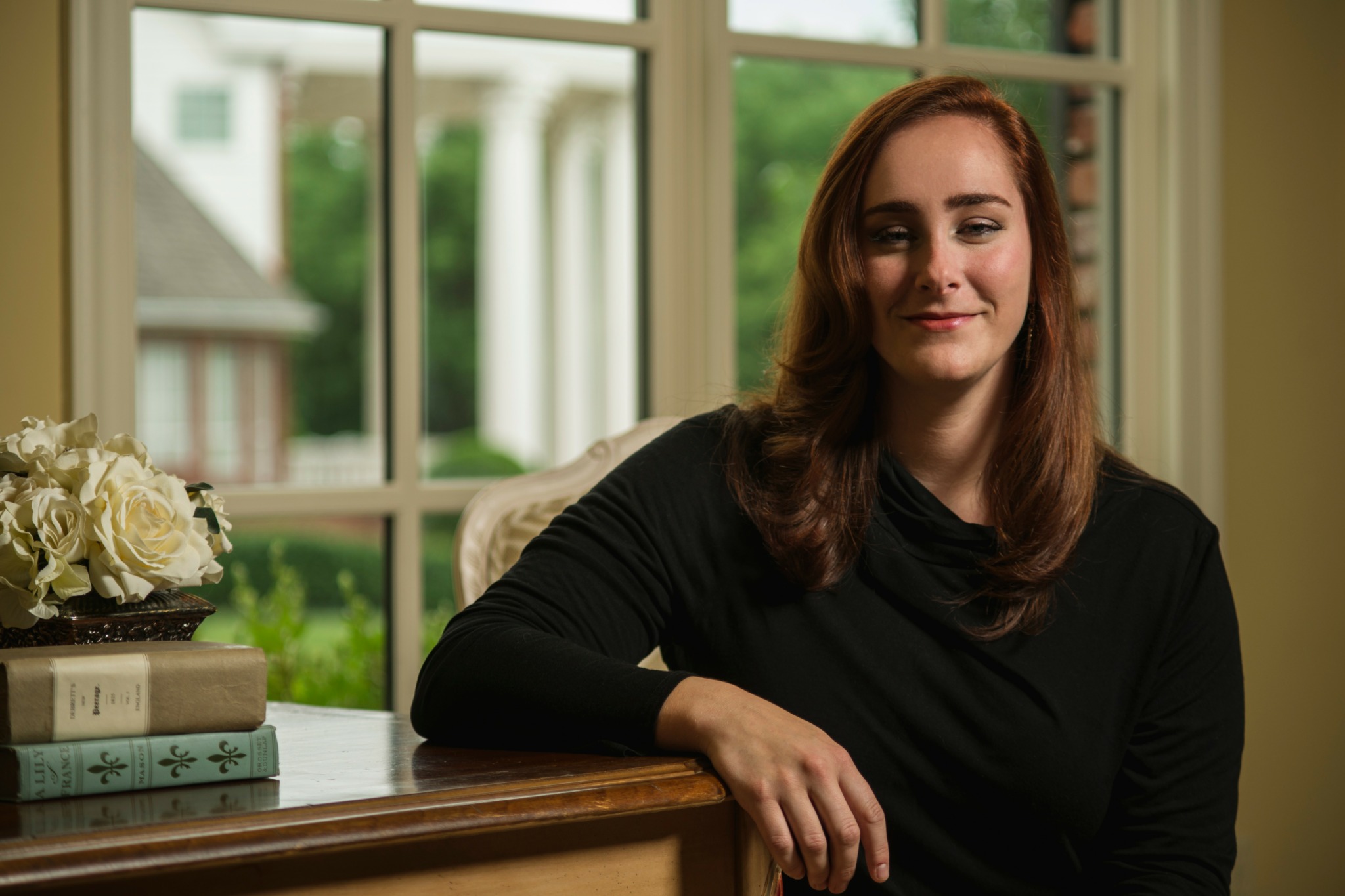
I’m lucky…but also I’m not lucky. That’s the thing about earning a living full time from a creative work based career. I’ve always wanted to be an author, but I learned early on that wanting and “doing” are two different things. To “do” the thing you want, you have to not only work hard, but work smart and be stubborn. I was raised by two hard working parents who’ve fought for their careers and their livelihoods every day. They are smart, brilliant people but they’ve never “gotten lucky.” Their successes are entirely to their own credit. And they raised me with the same expectations. I learned to work hard, to know that sometimes I’d got knocked on the chin, but I’d get up and keep going, keep fighting. Read more>>
Abigail Hoke-brady

I currently freelance full-time as a lighting designer for theater and opera and have been making a living from my creative work solely since finishing grad school in 2016. When I first moved to New York City after undergrad I worked in coffee shops and did a lot of crew work in theaters as an electrician or programmer to make a living. In the process of programming at Columbia University for their MFA Directing Thesis projects I started to meet early career designers and directors who were excited to mentor me and provide some structure that hadn’t been a part of my college experience. This ultimately led me to applying for graduate school which, at least for me, was a huge milestone. I went to NYU for my MFA and that changed my trajectory totally. I not only had great mentors but great peers and was able to learn many of the technical/paperwork skills required for the job that I did not have in my toolkit up to that point. Read more>>
Jill Johnson
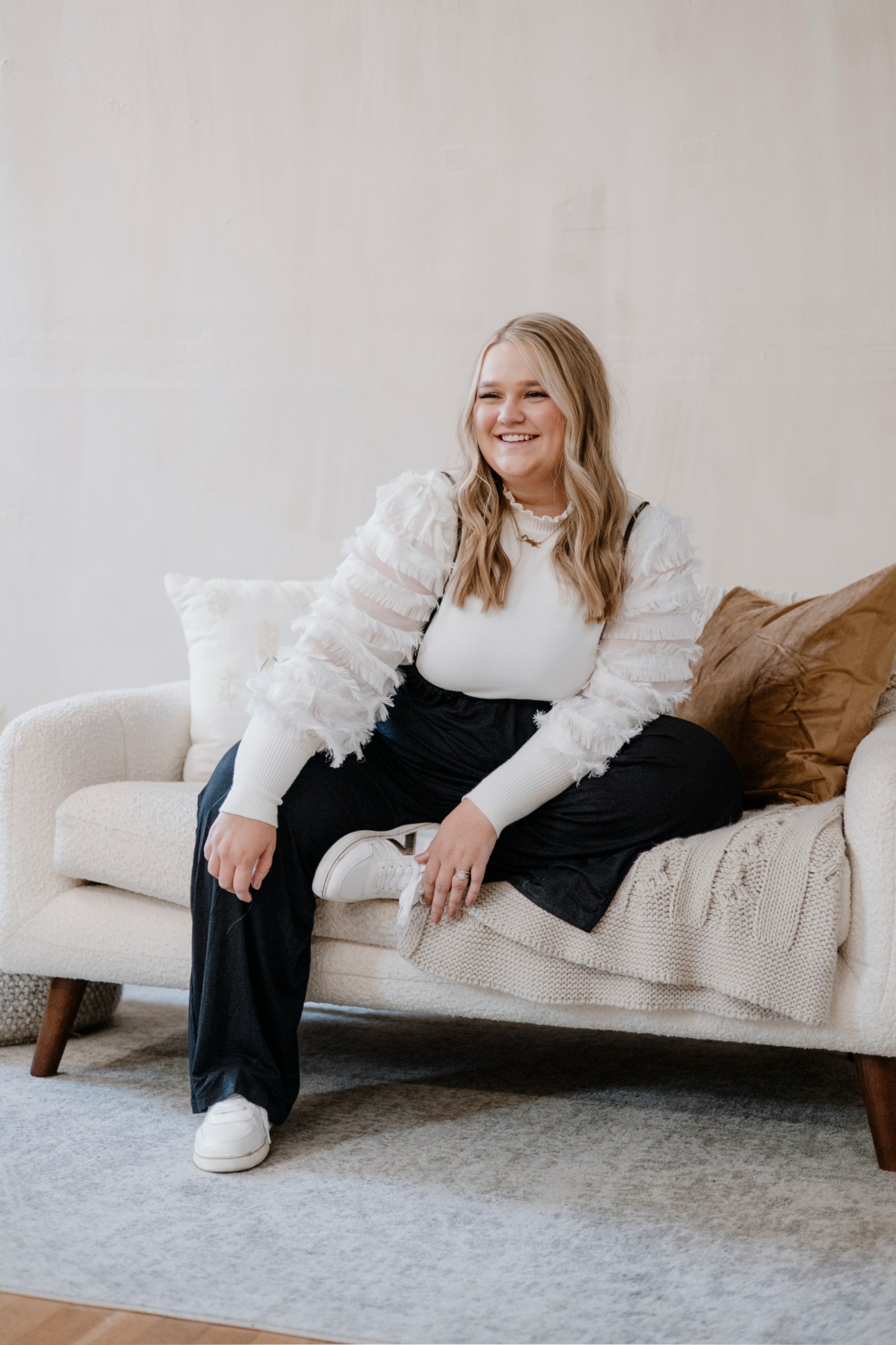
Yes, I’ve been able to earn a full-time living from my creative studio, offering web and brand design services. My journey into full-time entrepreneurship was a combination of careful planning, faith, and trusting the timing. I started my business a year before leaving my 9-to-5 job. While I was eager to leave and dive in full-time, I made the intentional decision to build a strong foundation first. That extra year of preparation was crucial. During that time, I worked to secure enough projects and establish client relationships, which gave me confidence that I could sustain myself when I eventually made the leap. Read more>>
Shawn Nutting

Earning a full time living from tattooing has had its peaks and valleys over the years. When I started working at a tattoo shop I learned to pierce first and was making money off each piercing I did. At the time my personal overhead was very low and that allowed me to work full time at the tattoo shop and learn about tattooing while I did piercings for the first year. After I started tattooing I began to make more money than with piercing so I stopped the piercing job all together. Every year has been different as far as how much income I make and some years have been significantly worse than others depending on the economy. Tattooing like other art forms is a labor of love when it comes to a career. After the boom of documentary and competition style TV shows about tattooing the industry saw a huge increase in interest in tattooing and learning to tattoo. That was a double edged sword for the business as it helped increase the popularity but also saw an over saturation of newcomers to the industry, forcing established artists to rely on advertising and social media to attract new clients in a more competitive environment. Read more>>
Demetric Blyther
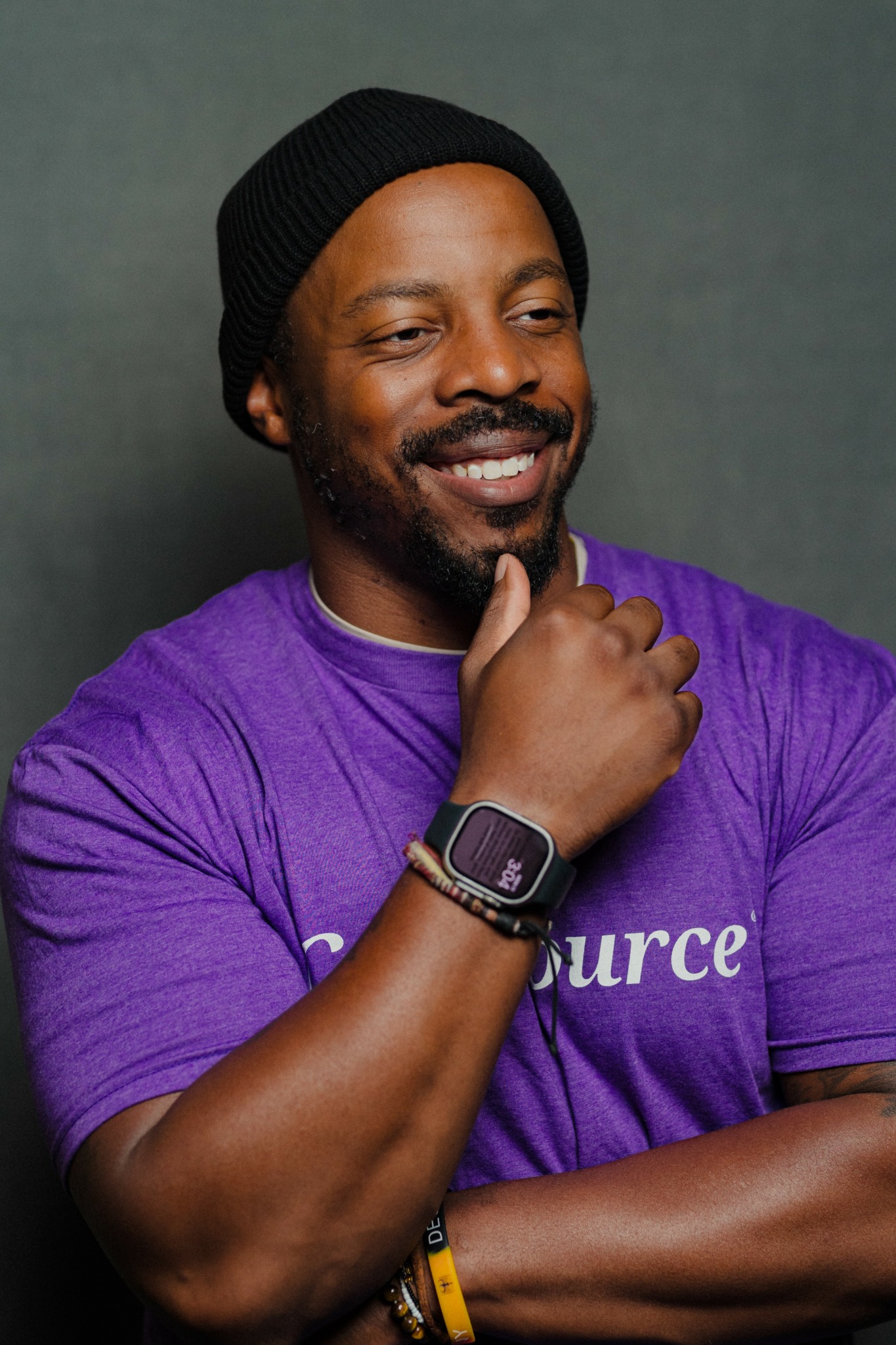
When I bought my first camera during the pandemic, I didn’t think much of it. I just needed something to break up the monotony of being at home. At first, it was all about experimenting, finding beauty in the little things, taking pictures of my wife and kids, the way sunlight hit a coffee cup, the quiet streets, the tiny moments of stillness. It gave me a sense of purpose in a time when everything felt so uncertain. I started sharing my photos online, just for fun, and to my surprise, people loved them. Friends started asking for portraits, and then friends of friends reached out for events and small projects. Read more>>
Louis Anthony Delise

I have always made my living by working in the music industry. I have never, except for a two-week period, done any other work…period! (For two weeks as a teenager, I worked in the kitchen of a nursing home washing pots and dishes!) My career has always included performing, composing and teaching, but the proportions (how much performing versus teaching versus writing) have always varied. For instance, when I was starting out, I taught more than performed and no one really paid me to write. In my twenties, I began writing on-assignment and getting paid; I began performing more–that included performing in recording studios for pay. Read more>>


